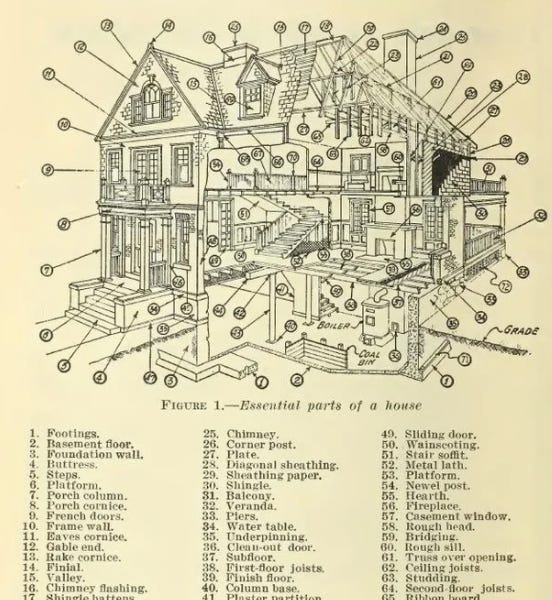Sublime
An inspiration engine for ideas
This implies that one should be able to understand all aspects of complex structures – plants, animals, or the human body – by reducing them to their smallest constituent parts. This philosophical position is known as Cartesian reductionism.
Fritjof Capra • The Systems View of Life
You solve a complex problem by breaking it down into a set of sub-problems. Then you focus on one of the sub-problems. If that’s still too complex, you break it down even further. You keep doing this until you have a set of small problems that are easy to understand and solve. This is a great way to manage complexity.
Moshfegh Hamedani • The Blueprint for a Productive Programmer: How to Write Great Code Fast and Prevent Repetitive Strain Injuries
The computer takes on the task of figuring out whether there’s any data in there that needs to be structured or acted on.
Giles Colborne • Simple and Usable Web, Mobile, and Interaction Design
Deliver the Bare Minimum
btxx.org
my first workshop on how I build my library
Building Complexity and the Construction Community of Practice
Brian Potterconstructionphysics.substack.com
If you or I were to build a machine, we’d go about it logically, with the fewest necessary parts moving in clean, efficient ways. But living nature doesn’t work that way at all. It builds via the most fantastic redundancies and curlicues, millions of little variations around a theme, so that if three-quarters go haywire, life survives.
Patrick Bringley • All the Beauty in the World
"The Process:
Decide what you want to achieve.
Try different ways of achieving it until you find one that works for you.
Do more of what works. Do less of what doesn’t.
Don’t stop doing it until it stops working.
Repeat.
It is both this simple and this hard."
James Clear
The more “atomic” an idea, the more broadly you can employ it. The more complex an idea, the less surface area it has to be connected to others.